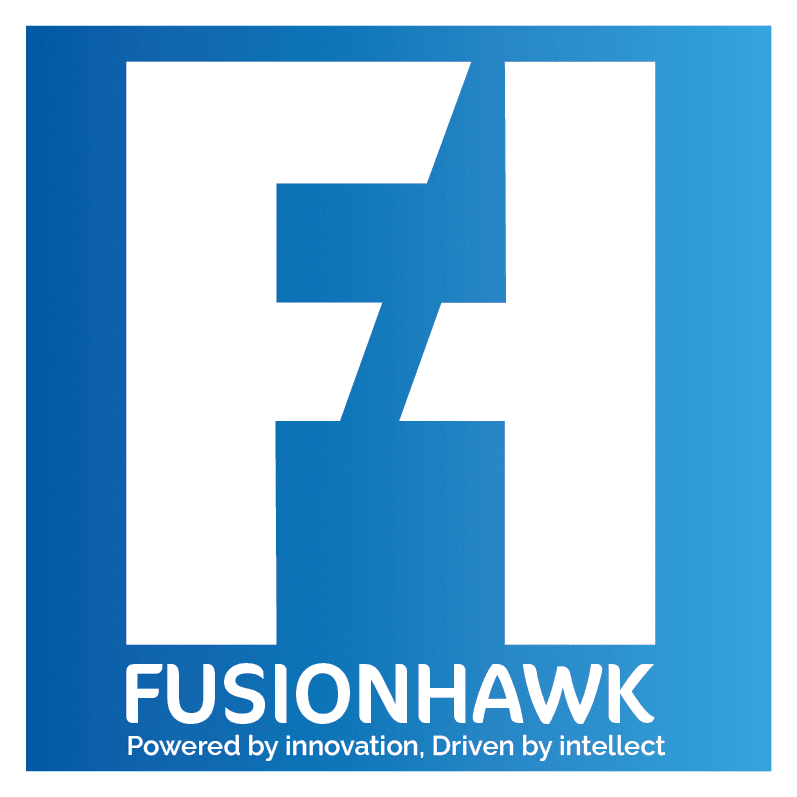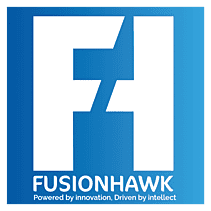AI and RPA Together for Unstoppable Innovation
In today's rapidly changing business environment, automation is no longer a luxury; it has become essential for staying competitive, improving efficiency, and driving growth. Robotic Process Automation (RPA) has already transformed many businesses by automating repetitive, rule-based tasks. But when combined with Artificial Intelligence (AI), RPA's capabilities expand exponentially, resulting in what’s now known as Intelligent Process Automation (IPA).
The merging of AI and RPA is no longer just a theoretical concept—it’s happening now, and it’s revolutionizing industries across the globe. This integration enhances the power of RPA by making it more intelligent, adaptive, and capable of handling unstructured data and complex decision-making. In this blog, we’ll explore how AI and RPA work together to unlock new levels of automation and innovation, providing real-world use cases and trends that businesses should watch.
What is AI and RPA?
Before we dive into their integration, let's take a closer look at what AI and RPA are individually and how they function.
Artificial Intelligence (AI)
AI refers to the development of computer systems that can perform tasks typically requiring human intelligence. These tasks include learning from data, problem-solving, reasoning, and decision-making. AI is further broken down into machine learning (ML), natural language processing (NLP), computer vision, and more, each with its own set of capabilities that make systems smarter over time.
In automation, AI's role is to handle decision-making, process unstructured data, and continuously learn and adapt to improve performance.
Robotic Process Automation (RPA)
RPA involves using software robots, or bots, to automate rule-based, repetitive tasks that previously required human intervention. These tasks typically involve data entry, processing transactions, and updating records across multiple systems. RPA bots work by mimicking the actions of a human user interacting with digital systems, making them highly effective in reducing human error, increasing efficiency, and lowering operational costs.
While RPA excels at automating structured and repetitive tasks, it has limitations in handling unstructured data or making decisions based on complex patterns. This is where AI-powered RPA comes into play.
AI + RPA = Intelligent Process Automation (IPA)
When AI is integrated with RPA, it creates Intelligent Process Automation (IPA), a more powerful, flexible, and adaptive system capable of handling complex workflows that combine both structured and unstructured data. IPA enhances the performance of RPA by adding cognitive functions such as:
- Machine Learning (ML) for continuous improvement and learning from data.
- Natural Language Processing (NLP) for understanding and processing human language in forms like emails, messages, and documents.
- Predictive Analytics to foresee future trends and optimize processes.
- Computer Vision for interpreting visual data, including scanned documents and images.
Why Combine AI with RPA?
Here’s why businesses are increasingly choosing to integrate AI with RPA:
- Expanded Automation CapabilitiesRPA can handle rule-based tasks, but adding AI allows bots to tackle more complex, decision-making tasks. For example, AI allows an RPA bot to interpret unstructured data from an email or social media message and make decisions on the next steps, whereas traditional RPA would be limited to structured, predefined tasks.
- Improved Decision MakingAI brings the ability to process vast amounts of data in real time, identify patterns, and make data-driven decisions. When coupled with RPA, this allows for faster decision-making, especially when dealing with large volumes of transactions or customer inquiries.
- Increased Efficiency and AccuracyCombining AI with RPA not only makes processes more efficient but also significantly reduces errors that occur with manual processing. AI can also detect anomalies or potential errors in data and correct them before they disrupt the workflow.
- ScalabilityAI-enabled RPA systems can scale to handle more complex and dynamic tasks. As business demands grow, IPA systems can easily scale without requiring significant manual intervention. The integration of AI makes it possible for these systems to adapt to new challenges and tasks as they arise, enhancing long-term scalability.
Trending AI + RPA Use Cases
As AI and RPA continue to evolve, businesses across industries are finding innovative ways to apply these technologies together. Here are some notable use cases:
1. Customer Service Automation with AI-Powered Virtual Assistants
Customer service is one of the most popular areas where businesses are leveraging AI and RPA. AI-powered chatbots and virtual assistants are transforming the customer experience by enabling businesses to automate inquiries, complaints, and service requests. With NLP and machine learning, these bots can understand customer queries, categorize them, and offer personalized responses.
Example:
Imagine a customer who contacts a company via chat to inquire about the status of their order. An AI-driven RPA bot would retrieve the relevant order data, classify the query, and provide the customer with an up-to-date response. If the issue requires further attention, the bot can escalate the inquiry to the appropriate human agent, who has all the relevant information at hand.
2. Invoice Processing and Fraud Detection
In finance and accounting, businesses can combine RPA and AI to automate invoice processing, from data extraction to validation and payment execution. AI can enhance this process by identifying discrepancies or flagging fraudulent transactions that may otherwise go unnoticed by human workers.
Example:
AI-powered RPA bots can extract data from invoices, match it against purchase orders, and validate payment amounts. The AI layer continuously learns to identify potential fraud by analyzing transaction histories and flagging anomalies that deviate from the norm.
3. Human Resource Management: Employee Onboarding and Performance Monitoring
HR departments are also benefiting from AI + RPA integration. RPA can streamline tasks like document processing, payroll management, and data entry. With AI, HR systems can become smarter, analyzing employee performance and predicting potential issues such as attrition.
Example:
AI-powered RPA bots can automatically onboard new employees by processing documents, setting up accounts, and providing personalized training schedules based on employee roles and preferences. Additionally, AI can analyze employee performance data and suggest improvements or interventions to managers.
4. Healthcare: Patient Data Management and Predictive Healthcare
In the healthcare industry, AI and RPA integration can revolutionize how patient data is managed and processed. RPA can handle routine administrative tasks, such as appointment scheduling and insurance verification, while AI can analyze medical records, predict patient outcomes, and assist in diagnosis.
Example:
Imagine an AI-enabled RPA system that automatically processes incoming patient data, checks for any discrepancies, and alerts healthcare providers if anomalies are detected. Furthermore, AI models can predict patient outcomes based on historical data, helping healthcare professionals make more informed decisions.
Key Trends in AI + RPA for 2024 and Beyond
1. Hyperautomation
Hyperautomation is a trend where businesses combine various automation technologies, including RPA, AI, and machine learning, to automate end-to-end business processes. It’s the next step in the evolution of automation, aiming to streamline every aspect of business operations. Hyperautomation is particularly useful in large organizations where complex, multi-step processes require a combination of AI, RPA, and other technologies to function smoothly.
2. Low-Code/No-Code RPA Development
Low-code and no-code platforms are lowering the barrier to automation by enabling users with minimal technical expertise to create RPA workflows. This democratization of automation is helping businesses quickly deploy automation solutions and integrate them with AI models for smarter automation.
3. AI-Powered Process Mining
Process mining is another key trend in AI + RPA. It involves analyzing and optimizing business processes by extracting insights from event logs. AI-powered process mining tools can identify inefficiencies, bottlenecks, and opportunities for automation, helping businesses improve their workflows and enhance the performance of their RPA systems.
4. Generative AI in RPA
Generative AI is making waves in the automation world. It refers to AI systems that can generate new content, such as text, images, or even code, based on learned patterns. By integrating generative AI with RPA, businesses can automate the creation of content and documentation, providing further efficiencies in areas like marketing, content management, and reporting.
Challenges and Considerations
While the combination of AI and RPA offers tremendous benefits, businesses must also be mindful of some challenges:
Data Quality and Security: AI models rely on large datasets to function effectively. Ensuring that data is accurate and secure is crucial for the success of AI + RPA initiatives.
Change Management: Integrating AI with RPA requires a shift in how employees interact with systems. Effective change management strategies and proper training are essential for a smooth transition.
System Integration: Businesses must ensure that AI and RPA technologies integrate seamlessly with existing systems and workflows. This requires careful planning and a robust technology strategy.
Conclusion
AI and RPA are already transforming how businesses operate, and their combined power—known as Intelligent Process Automation (IPA)—is set to take automation to the next level. From improving decision-making and efficiency to creating a more personalized customer experience, the integration of AI with RPA holds the key to unlocking new opportunities across industries. By embracing this transformative technology, businesses can not only stay ahead of the curve but also position themselves for sustainable growth in the digital age.
As AI and RPA continue to evolve, the potential for innovation and business optimization is boundless. The future is here, and it’s powered by AI + RPA—combining the best of both worlds to deliver smarter, more efficient automation.
Follow FusionHawk for more information








